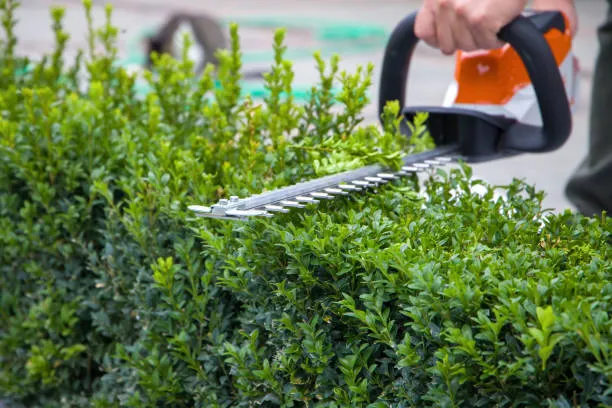
Harmony in Stone and Greenery: Integrating Hardscapes with Living Landscapes Nov 22, 2025
When it comes to landscaping, hardscapes and softscapes are two of the essential components that work together to enhance the aesthetic appeal and functionality of your property. Hardscaping refers to the non-living elements of your landscape design such as patios, walkways, and retaining walls. In contrast, living landscapes involve the vibrant plants, trees, and gardens that bring your outdoor space to life.
The integration of these elements requires careful consideration and planning to ensure that they complement and enhance one another. Here are a few strategies to create harmony between hardscapes and living landscapes.
Firstly, consider the layout of your outdoor spaces. By strategically planning where hardscape elements are placed, you can create natural flow and movement throughout your yard. For instance, a curved walkway that winds through various plant beds can create a journey through your garden, inviting exploration and providing a sense of discovery. This approach not only maximizes the use of space but also ensures that the hardscape does not overpower the natural features of your landscape.
Next, selecting the right materials for your hardscapes is crucial. Natural stone, brick, and wood are excellent choices for creating hardscape features that blend seamlessly with the natural environment. These materials not only provide durability and structural integrity but also add a touch of rustic charm that complements the organic beauty of your plants and trees. Consider using local materials that resonate with the natural characteristics of your region for an authentic look that integrates harmoniously with the surrounding landscape.
Additionally, incorporating water features into your design can add a layer of serenity and tranquility. A small pond, fountain, or waterfall can serve as a focal point that ties together the elements of stone and greenery. The soothing sound of water can also create a peaceful atmosphere, inviting relaxation and stress relief.
Another key element to consider is the color palette of your landscape. By choosing plants and hardscape materials that share complementary colors, you can create a cohesive and visually appealing design. For example, the soft gray tones of flagstone or slate can beautifully offset the rich greens of your foliage, while the warm hues of terracotta can enhance the vibrant colors of blooming flowers.
Finally, the scale and proportion of your hardscape and landscape elements should be balanced to create a unified space. Large hardscape features should be softened with abundant plantings, helping them to blend naturally into the environment. Conversely, delicate plant arrangements can be anchored with substantial stone structures, adding dimension and depth to your garden.
As you embark on your landscaping journey, remember that the ultimate goal is to create a space that feels both natural and intentional. At Mulch & Dig, we're dedicated to helping you find the perfect balance of hardscapes and living landscapes. Our team of experts is ready to assist you with designing and implementing a landscape that not only meets your aesthetic desires but also enhances the functionality and enjoyment of your outdoor areas. By integrating stone and greenery with intention and care, you can create a harmonious oasis that welcomes you and your guests for years to come.
/filters:no_upscale()/filters:format(webp)/media/04b103c8-1928-4603-af4f-cd9adb632f94.webp)
/filters:no_upscale()/filters:format(webp)/media/31f8ab00-9501-4f07-a64c-b005a3bba0f1.jpeg)